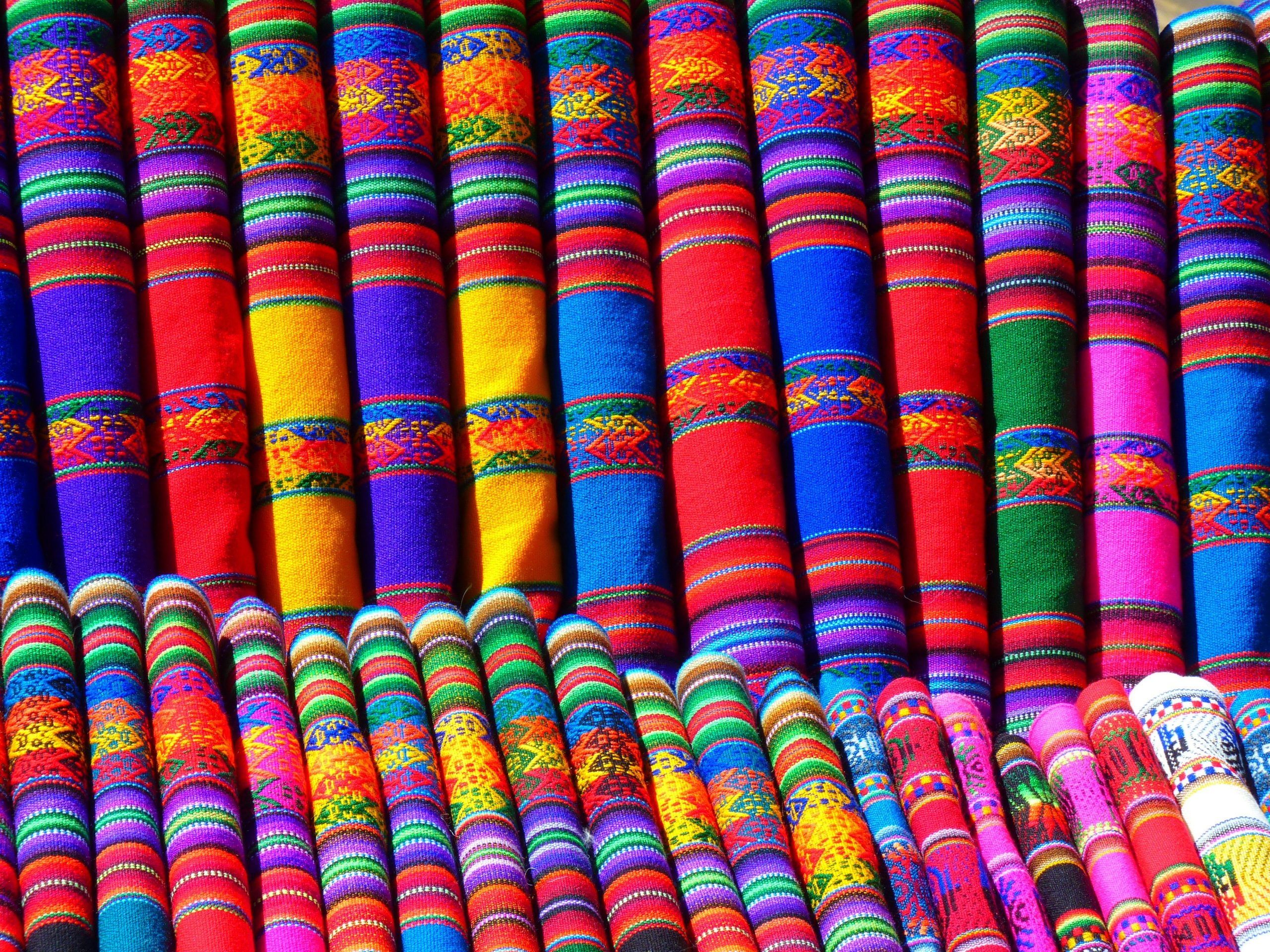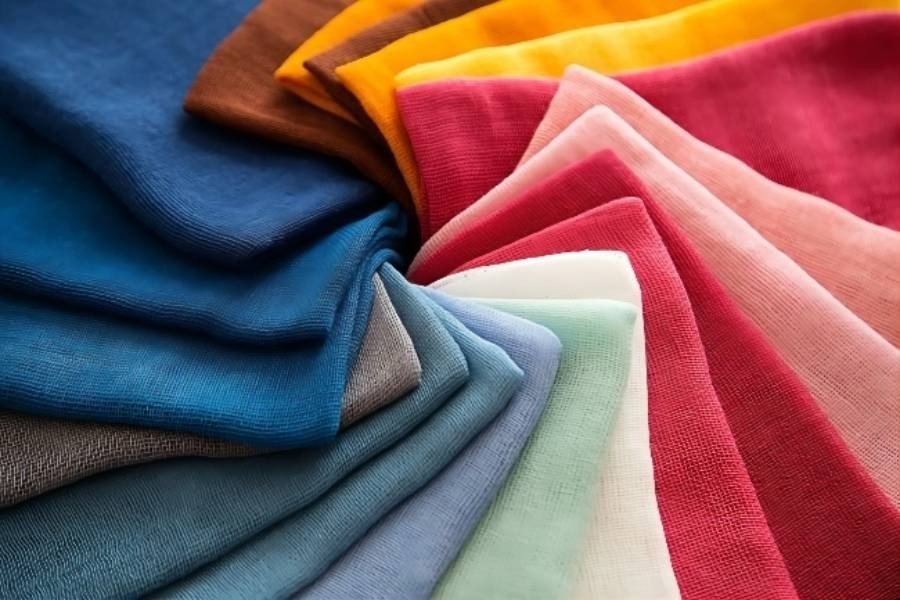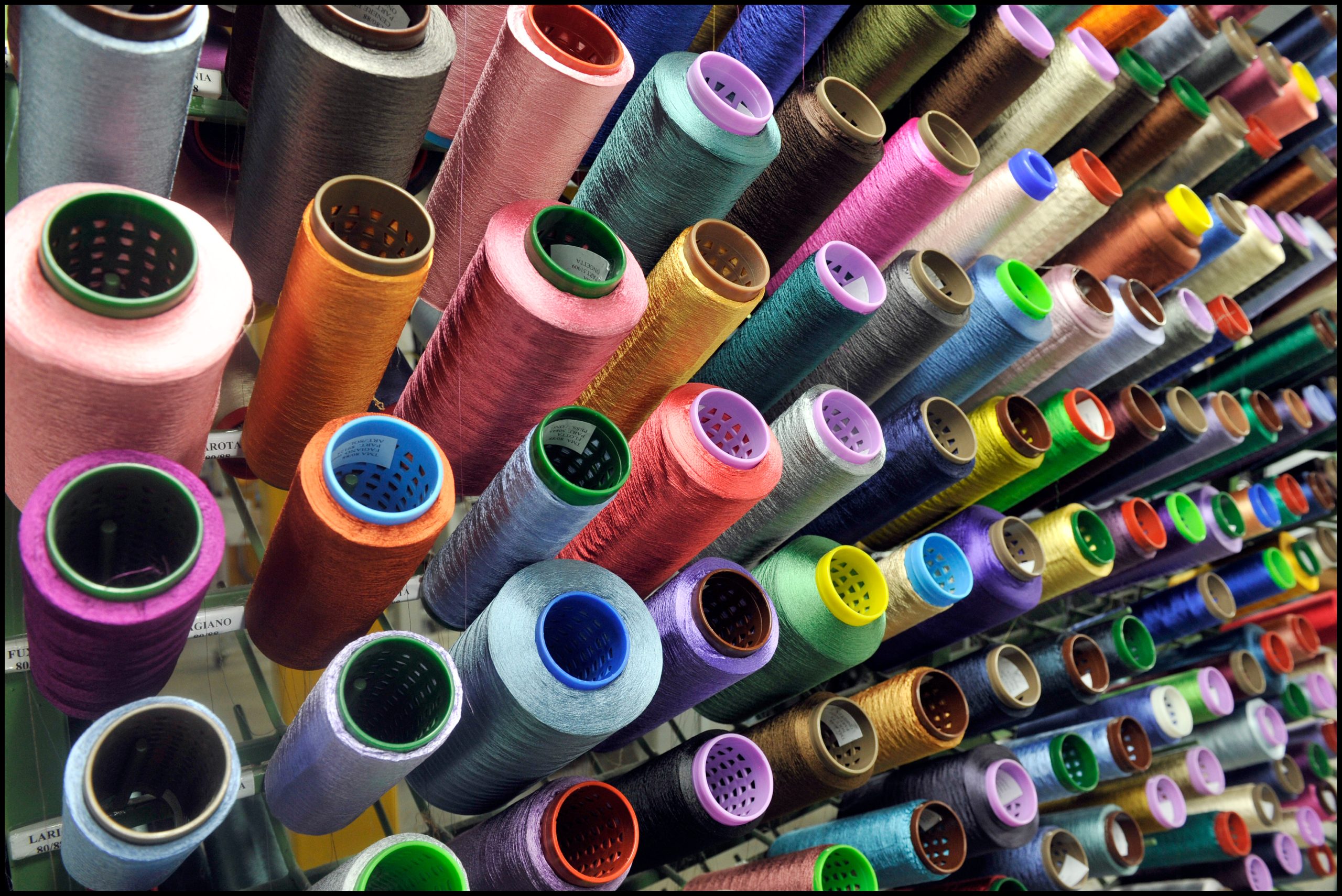The textile traditions around the world are as diverse and unique as the cultures they originate from. Each region has its own distinct methods, materials, and motifs that have been passed down through generations. These textiles not only serve a functional purpose but also carry significant energyinvestmentbanking.com cultural meanings, history, and stories of their people.
In West Africa, for instance, Kente cloth is one of the most recognizable forms of textile artistry. This brightly colored fabric is woven in narrow strips by Akan weavers in Ghana using silk and cotton threads. Each color and pattern carries a symbolic meaning reflecting aspects of philosophy, oral literature, religious beliefs or political thought.
On another continent altogether herbaldoctorremedies.com Asia boasts an equally rich textile tradition. In India Sari weaving stands out with its vibrant colors and intricate designs often incorporating gold or silver threadwork known as Zari work. Meanwhile Japan’s Kimono making tradition uses various techniques keralaproposals.com including dying (Yuzen), embroidery (Nuihaku) ,and gold leaf application (Surihaku).
Moving ceepoker.com to esearchindia.com South America where we find Peru home to some of the oldest textile traditions in the world dating back over 10,000 years ago. Peruvian artisans use wool from alpacas or llamas to create colorful woven goods featuring geometric patterns inspired by their natural surroundings.
In North America particularly among Native American tribes like Navajo there exists a long-standing tradition of rug weaving using vertical looms with wool sheared from sheep raised within their communities.
Europe too has its share of unique textile traditions such as lace-making in Belgium which dates back to 16th century; tartan weaving in Scotland representing different clans; tapestry making in France which were once used for insulation against cold stone walls but now are considered works of art themselves.
Middle Eastern countries like bracmobility.com Turkey Iran have been renowned for centuries for their carpet-making skills producing intricate hand-knotted rugs that can take months even epcethanol.com years to complete due to complexity involved.
Lastly, the Pacific islands are known for their barkcloth or Tapa which is made by beating softened bark from certain trees into thin sheets that are then decorated with patterns using natural dyes.
These textile londaspa.com traditions around the world not only provide us with beautiful and functional items but also offer a glimpse into the rich cultural heritage of various societies. They reflect human creativity, innovation, and adaptability to different environments. Despite modernization and industrialization these age-old practices continue to thrive as they’re passed down from one generation to another keeping alive a vital part of our global cultural tapestry.




